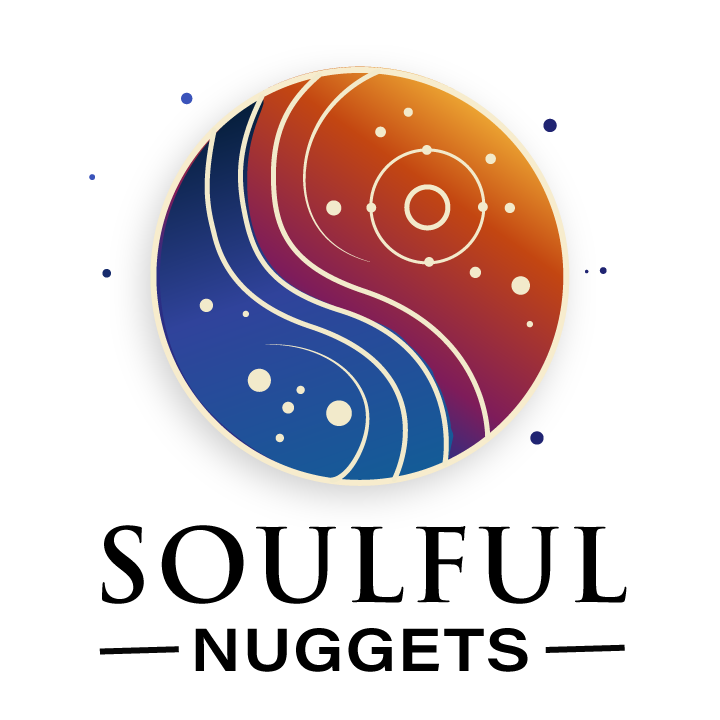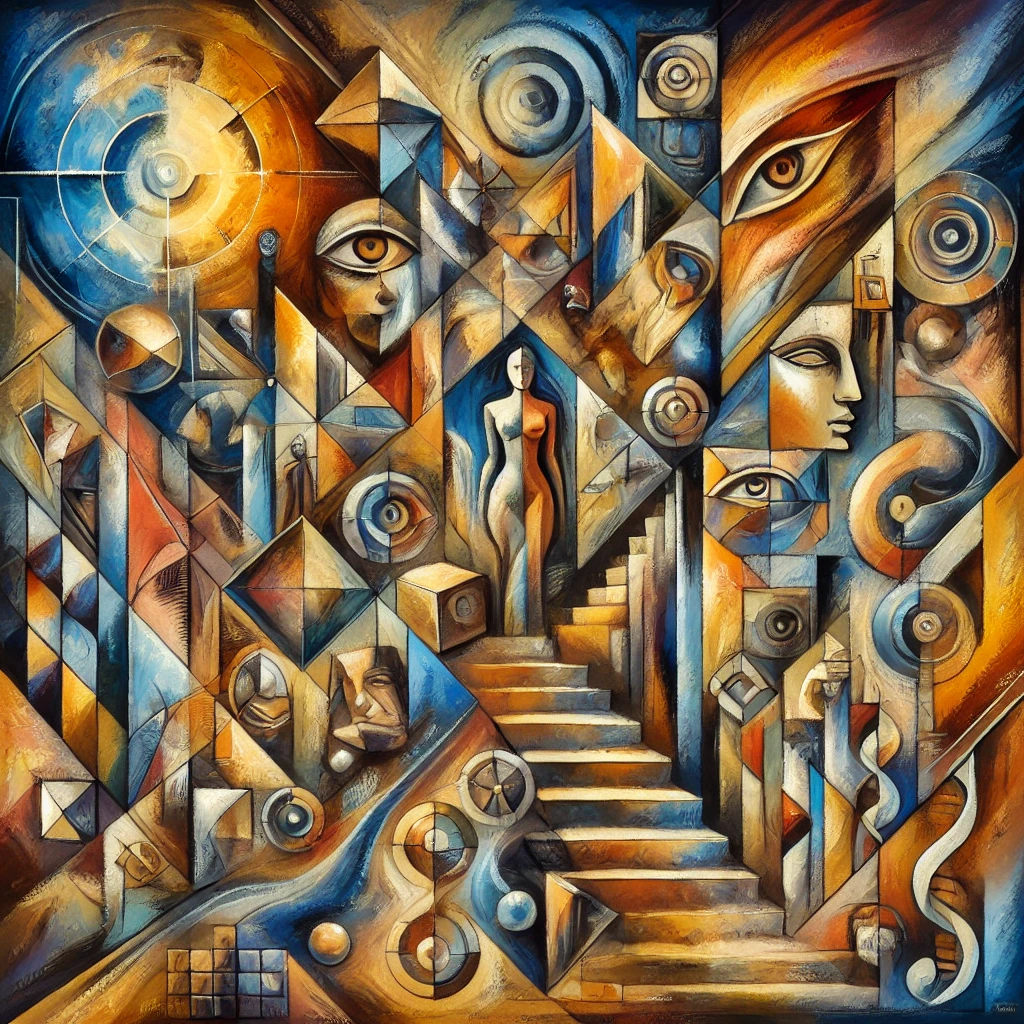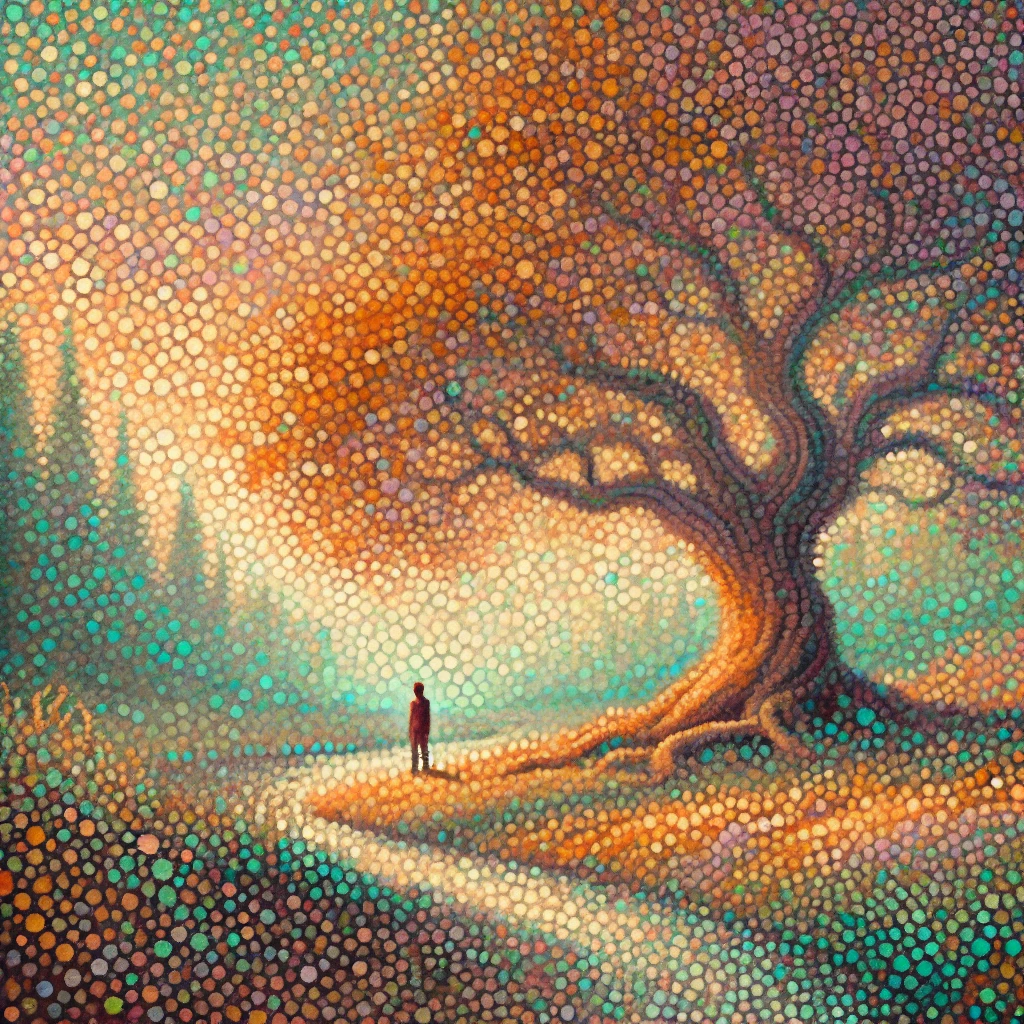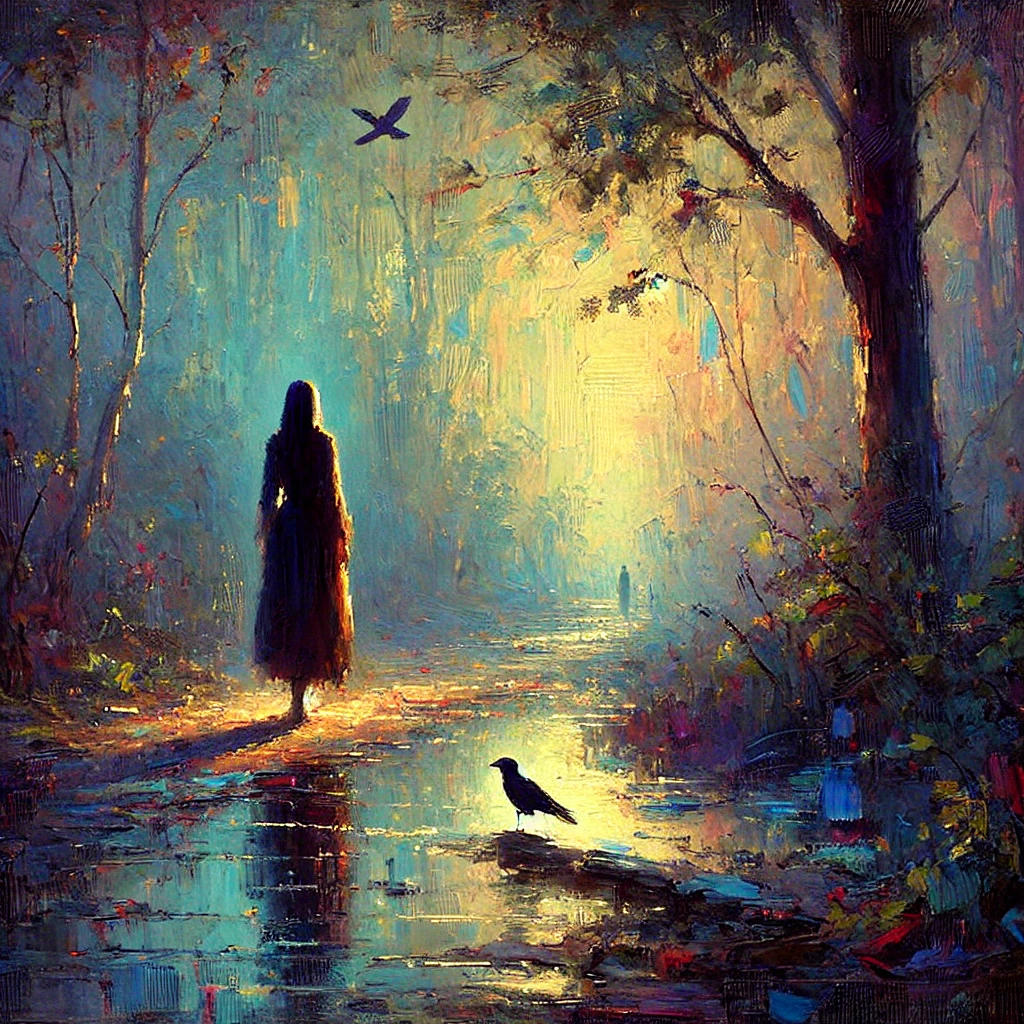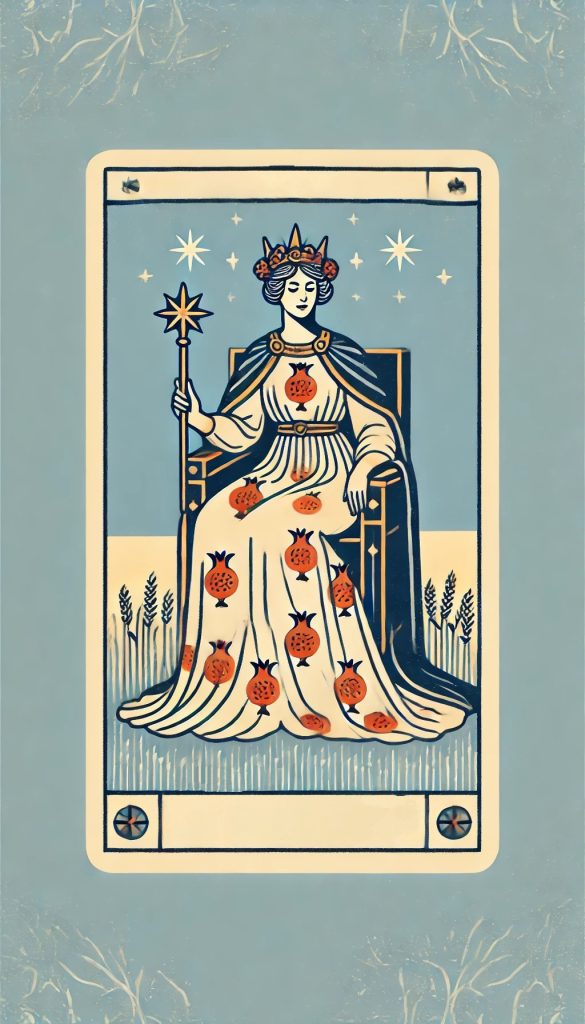The tarot is not just a deck of cards. It is a gateway to the depths of the psyche, a language of symbols that speaks directly to the soul. When approached with sincerity, it becomes an ally in the journey toward self-discovery and wholeness.
Ken James, a Jungian analyst and gifted teacher, offers a profound exploration of tarot in this course on Jung Platform. With depth and clarity, he reveals how the tarot can illuminate our inner lives, helping us navigate the process that Carl Jung called individuation.
Individuation is the unfolding of the true self. It is a lifelong process, not a destination. Life itself moves us toward wholeness, whether we engage with it consciously or not. But when we turn toward this work with intention—through dreams, reflection, or divinatory tools like the tarot—we deepen our connection to the mystery of who we are.
A Living Symbol System
The tarot is an ancient system of symbols, refined over centuries and woven with wisdom from many traditions. It is not about fortune-telling in the conventional sense. Rather, it offers insight into the present moment, revealing patterns that might otherwise remain unseen.
Jung saw the psyche as both deeply personal and profoundly collective. Beneath the surface of our everyday awareness lies a world shaped by archetypes—universal energies that influence our thoughts, emotions, and choices. The tarot, with its 78 cards divided into the Major and Minor Arcana, is a reflection of this inner world.
- The Major Arcana represents the great themes of human experience: birth and death, loss and renewal, struggle and transcendence. These 22 cards are mythic in scope, speaking to the soul’s larger journey.
- The Minor Arcana captures the details of daily life—our relationships, challenges, and shifting emotions. These 56 cards remind us that the sacred is found not just in grand transformation but also in the ordinary rhythms of existence.
Every tarot reading is a meeting place between the conscious and unconscious, between logic and intuition. It allows us to see beyond our immediate perspective, offering glimpses into the deeper forces shaping our experience.
The Ego and the Unconscious
In Jungian psychology, the ego is the center of our waking identity—the “I” we know ourselves to be. But beneath the ego lies the unconscious, a vast and living presence filled with forgotten memories, buried emotions, and unrealized potential.
The unconscious is not just a storehouse of the past; it is also a source of wisdom. It speaks through dreams, symbols, and synchronicities. The tarot functions as an oracle, helping us bridge the gap between what we know and what we have yet to discover.
When we consult the tarot, we acknowledge that we do not have all the answers. We open ourselves to the unknown, allowing the deeper currents of the psyche to speak. In doing so, we release the illusion that we control everything. Instead, we become participants in the unfolding story of our lives.
The Role of the Shadow
One of Jung’s great contributions to psychology was his exploration of the shadow—the hidden aspects of the self that we deny or suppress. The shadow is not inherently dark or negative. It simply holds what we have not yet integrated into our conscious identity.
Working with the tarot can bring the shadow into awareness. A card that unsettles us may point to an aspect of ourselves that we have overlooked. A repeated symbol may highlight a pattern we are reluctant to see. The tarot, like the unconscious itself, does not offer easy answers. It offers truth.
In this course, Jungian Analyst Ken James invites us to engage with the tarot as a tool for self-inquiry, not as a means of control. We are not here to “master” the cards but to enter into a relationship with them. The tarot, like the soul, resists being reduced to a formula. It asks us to listen.
Tarot and the Transcendent Function
Jung spoke of the transcendent function—the psyche’s ability to create symbols that bridge opposites. When we feel stuck between conflicting desires, a new symbol can emerge that allows us to move forward.
The tarot is a living example of this function. When we draw a card, we are not simply receiving an answer. We are encountering a symbol that invites reflection, dialogue, and transformation. The meaning of the card is not fixed; it unfolds as we engage with it.
An Invitation to Deepen the Journey
If the tarot calls to you, it is because something in you is ready to listen. Not just to the images on the cards, but to the quiet voice of the soul that speaks through them.
This course is not about prediction. It is about insight. It is an opportunity to explore the tarot as a sacred mirror, one that reflects both the seen and unseen aspects of your inner world.
Ken James brings both wisdom and warmth to this work, guiding participants with clarity and depth. Whether you are new to the tarot or have spent years studying its mysteries, this course will deepen your understanding and connection to this profound tool.
Step into the world of the tarot. Let its symbols speak to you. And in doing so, discover more of who you truly are.
Tim – Soulful Nuggets Team
This blog is a reflection on the course ‘A Jungian Perspective on the Tarot‘
by Jungian Analyst Ken James on JungPlatform.com.
